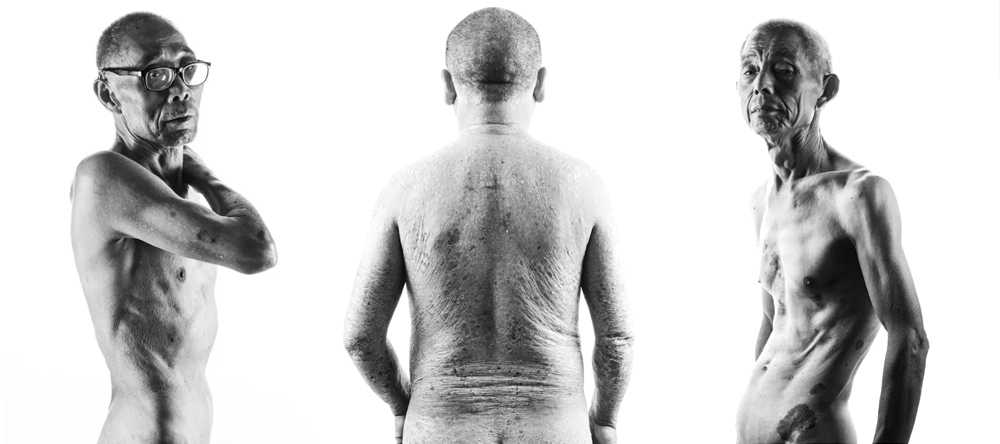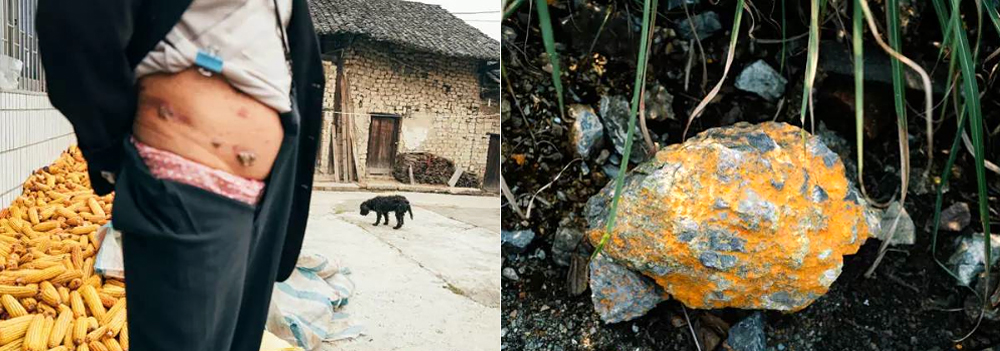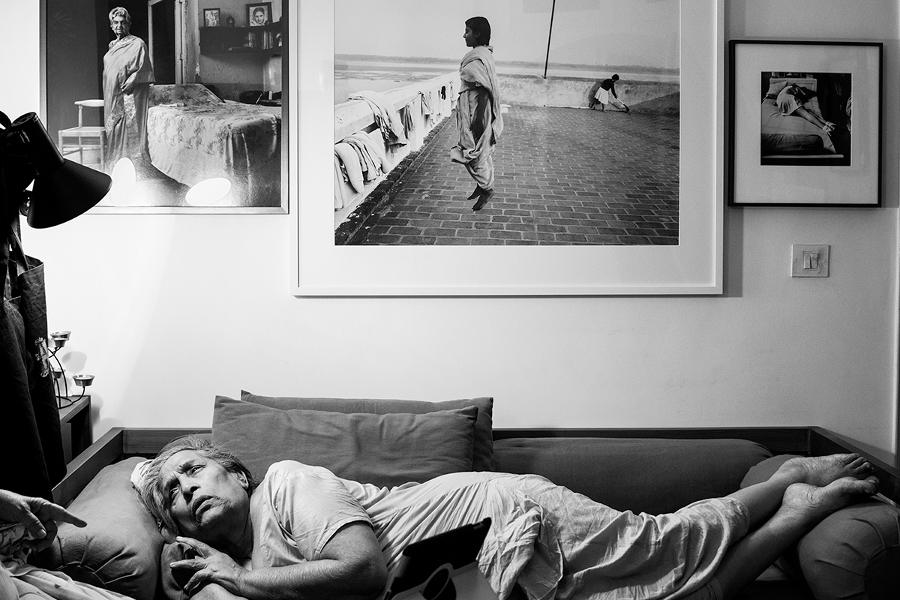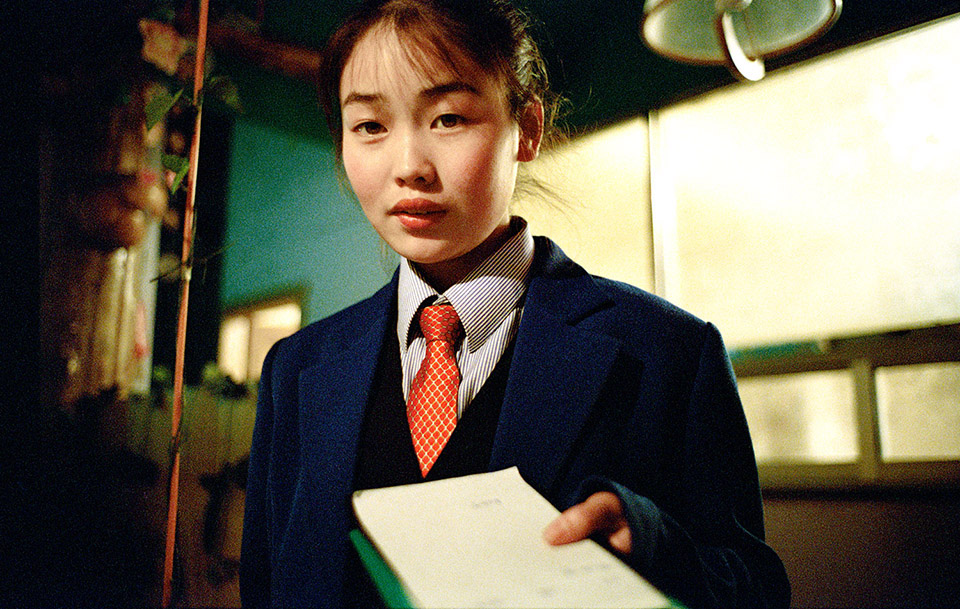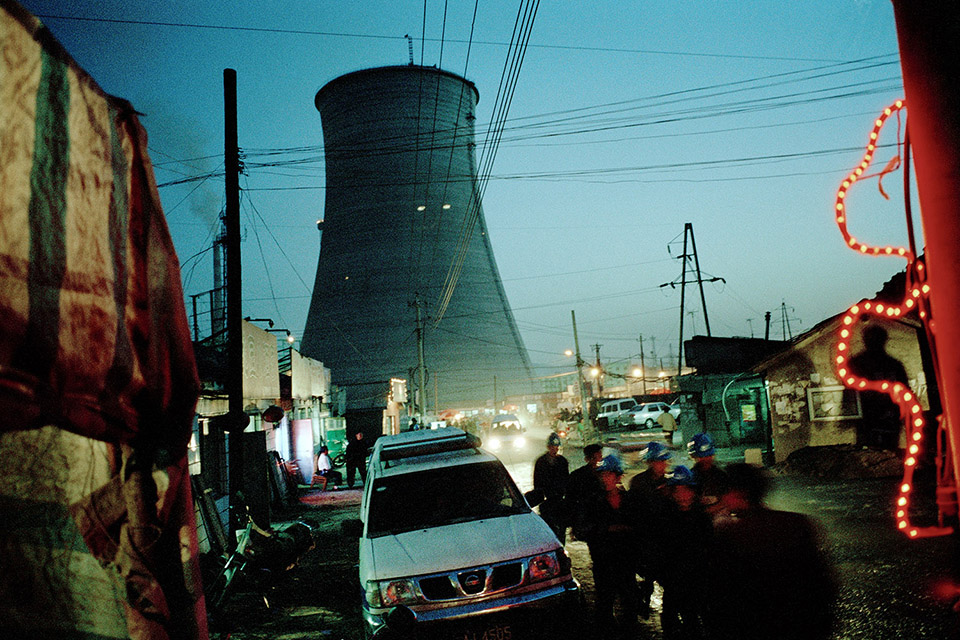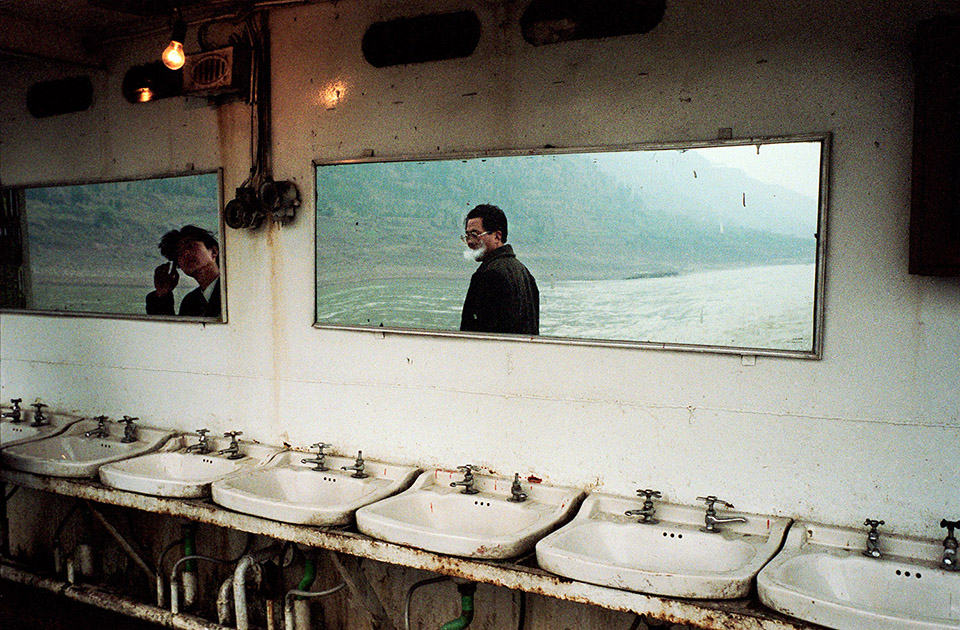
After months of planning and preparation, when production of A River’s Tail started in Vietnam no one on the crew knew quite what to expect. We each had our own preconceptions of what we’d find in the Mekong delta, and after extensively researching the region we knew that there were a wide range of environmental issues affecting the Mekong. Yet until we’d physically gotten on location they were nothing more than speculations.

We decided to do A River’s Tail in the opposite direction of what logic might dictate, by starting where the Mekong ends and tracing it back to it’s source nearly 5000km away in the Tibetan plateau. The reasoning behind this decision was that we wanted to have a clear picture of the myriad of ways the river facilitated ecology, economics, and culture before we saw its origins. Like being able to travel back in time to visit one of the world’s great thinkers when they were a baby, we hoped that grasping just how important the Mekong is in the life of the 60-odd million people who live downriver would allow us to better appreciate the magnitude of its importance. (Text by Luc Forsyth)
See more text, photos and infos on:
http://ariverstail.com/vietnam/vietnam-overview
A River’s Tail is a collaborative long-term documentary project combining photography, writing and videography to tell the stories of the people living along the Mekong river. Produced in partnership with Lien AID, the project explores the complex relationships between culture and the environment along one of the world’s most important waterways during a period of dramatic change. With two photographers (Luc Forsyth shooting colour and Gareth Bright shooting black and white) and Pablo Chavanel as the videographer, A River’s Tail combines multiple visual styles in a 4,800km visual journey through Vietnam, Cambodia, Laos, Myanmar, Thailand and China.
